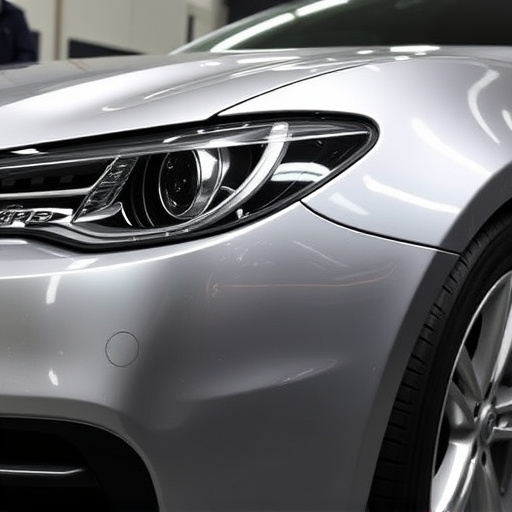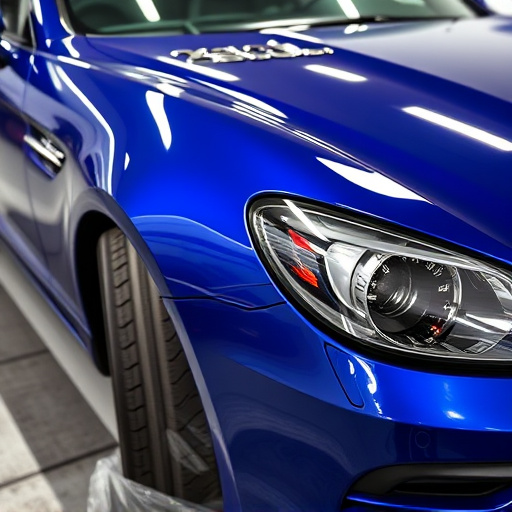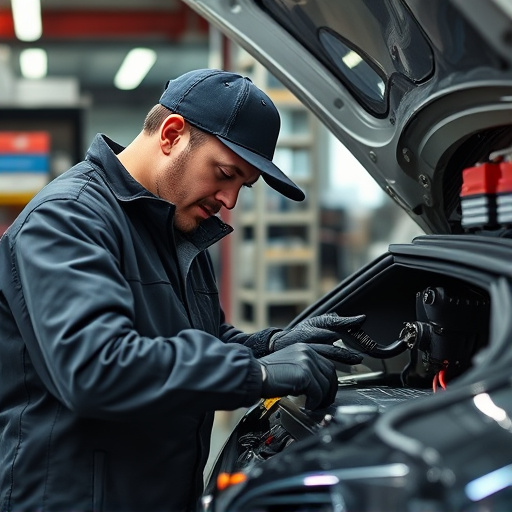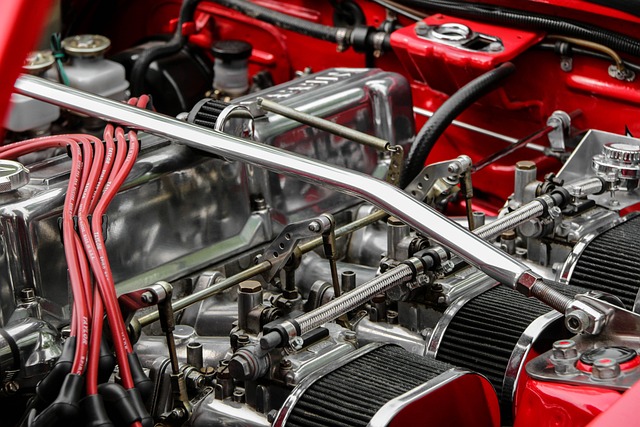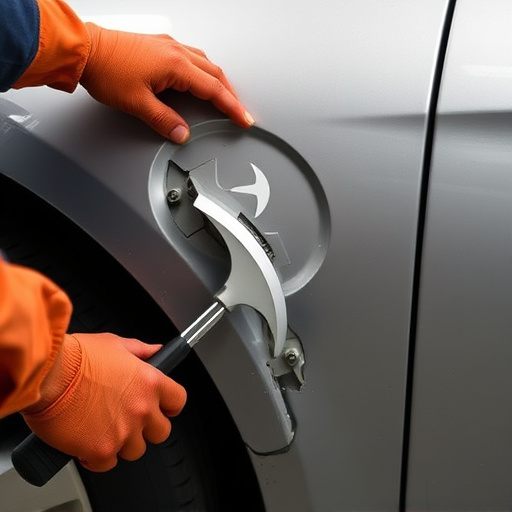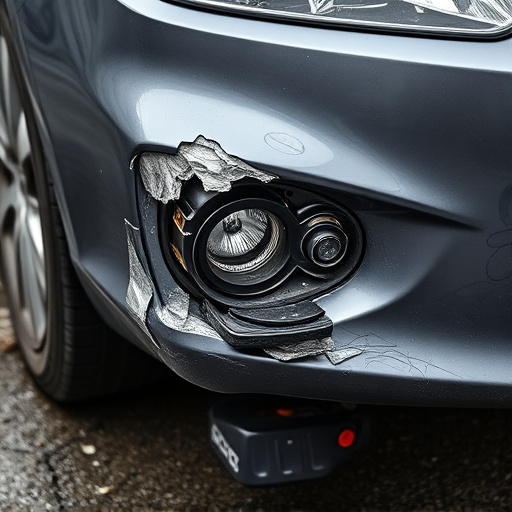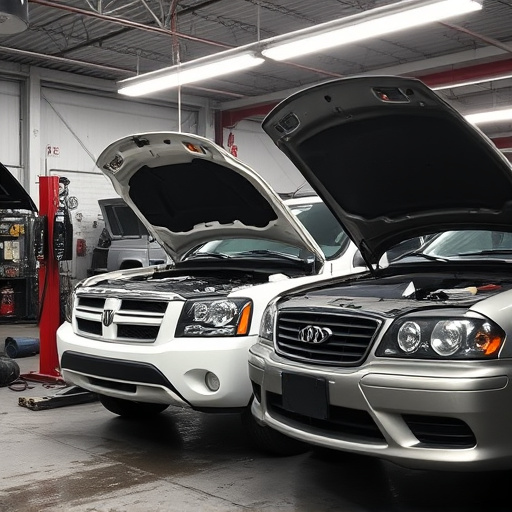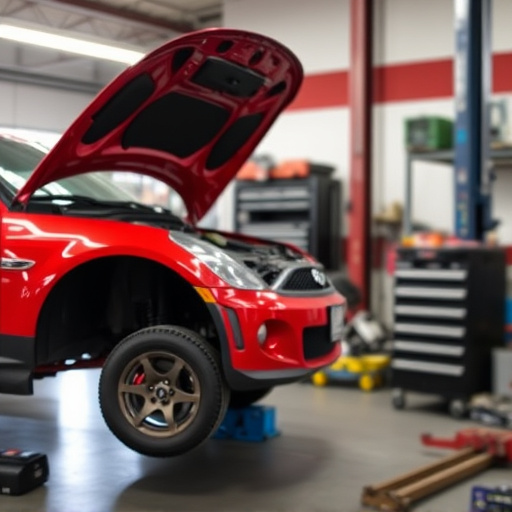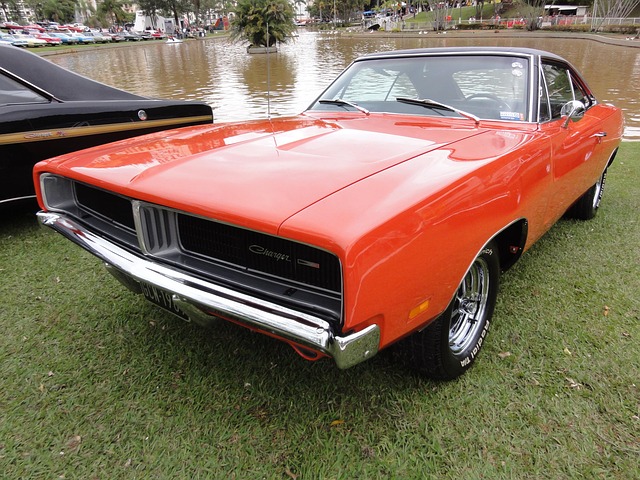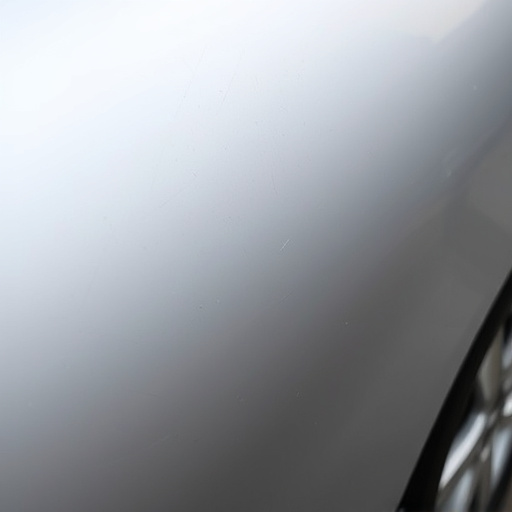Mercedes infrared-reflective glass enhances comfort and fuel efficiency with its heat-reflecting properties, reducing cabin temperature and easing air conditioning. It contributes to better fuel economy, lower emissions, and superior visibility. The technology also aids in paintless dent repair, maintaining vehicle interiors. Rain sensors integrated with the glass automatically adjust headlight intensity for improved driver safety and clear visibility in adverse weather conditions, but require professional installation for optimal performance.
Mercedes infrared-reflective glass, a cutting-edge technology, is transforming automotive aesthetics and functionality. This innovative material not only enhances visual appeal but also improves vehicle performance through its unique infrared properties. The article delves into understanding this advanced technology, exploring how rain sensors integrate seamlessly with it, and discussing the benefits and challenges of their compatibility. Discover the future of driving with Mercedes infrared-reflective glass.
- Understanding Mercedes Infrared-Reflective Glass Technology
- How Rain Sensors Work With This Glass Type
- Benefits and Challenges of Compatibility
Understanding Mercedes Infrared-Reflective Glass Technology
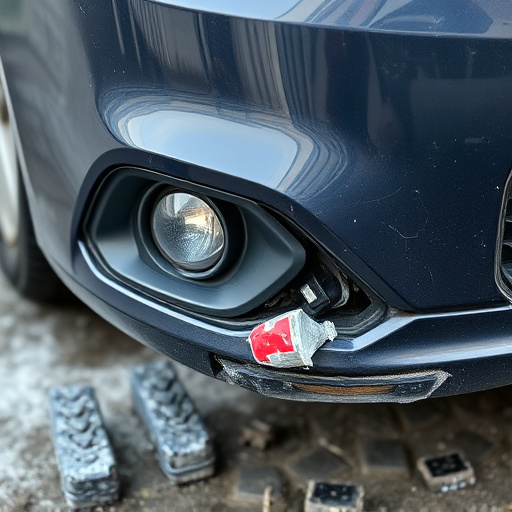
Mercedes has pioneered the use of infrared-reflective glass in their vehicles, a technology that not only enhances driving comfort but also contributes to fuel efficiency. This innovative glass is designed to reflect a significant portion of the sun’s infrared radiation, reducing the amount of heat that enters the cabin. As a result, air conditioning systems work less hard, leading to better fuel economy and lower emissions.
The process involves a special coating on the glass that reflects heat without compromising visibility. This technology aligns perfectly with Mercedes’ commitment to premium craftsmanship and cutting-edge automotive restoration. Moreover, it offers an eco-friendly solution, making it a game-changer in the field of paintless dent repair and scratch repair, as it reduces the need for excessive cooling and maintains the vehicle’s interior in top condition.
How Rain Sensors Work With This Glass Type

Mercedes infrared-reflective glass is designed to offer advanced protection against adverse weather conditions, including rain. Rain sensors, integrated into this glass technology, work by detecting moisture on the surface using infrared waves. When rain begins to fall, the sensors register the change in light reflection caused by water droplets and trigger specific actions within the vehicle’s system. This could include activating defrosters or opening vents to ensure optimal visibility and comfort for drivers.
By utilizing Mercedes infrared-reflective glass with compatible rain sensors, the overall experience during rainy conditions is significantly enhanced. It not only prevents fogging but also reduces the need for frequent wiper usage, thereby minimizing wear on both the glass and wiper blades. This technology contributes to safer driving, as drivers can maintain clear vision without having to manually adjust settings or deal with foggy upsets—a benefit particularly relevant when considering situations like mercedes benz collision repair, vehicle dent repair, or fender repair that may arise from weather-related incidents.
Benefits and Challenges of Compatibility
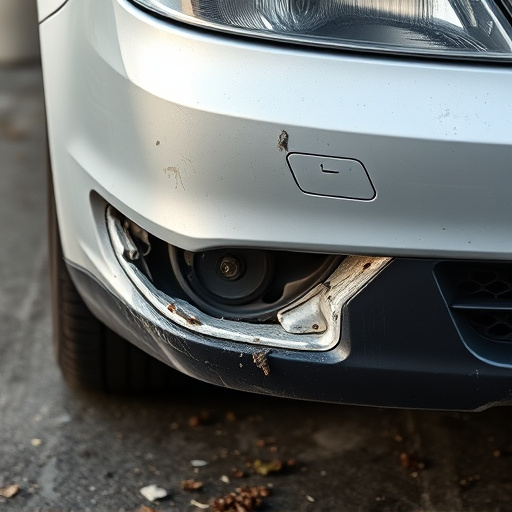
The integration of Mercedes infrared-reflective glass with rain sensors offers several benefits for drivers. This advanced technology enhances safety and driving comfort by automatically adjusting the vehicle’s headlights in response to changing weather conditions. The sensors detect moisture on the windshield, triggering the glass to reflect more infrared light, which in turn activates the headlamps at an optimal intensity to ensure clear visibility without causing blindness to other drivers.
However, ensuring seamless compatibility between Mercedes infrared-reflective glass and rain sensors isn’t without challenges. Proper installation is crucial for these systems to function effectively. Improper fitting or misalignment can lead to malfunctions, such as delayed headlight activation or inaccurate sensitivity adjustments. Thus, it’s recommended to seek professional vehicle repair services from trusted Mercedes benz collision repair specialists who have the expertise and tools to guarantee optimal performance and safety.
Mercedes infrared-reflective glass represents a significant advancement in automotive technology, offering improved safety and comfort through its seamless integration with rain sensors. By understanding how this glass type works alongside rain detection systems, drivers can experience enhanced visibility during adverse weather conditions. While there are benefits to this compatibility, such as better control and reduced glare, challenges like initial cost and potential technical issues must be considered. As the automotive industry continues to innovate, Mercedes infrared-reflective glass stands out as a game-changer in vehicle technology, promising a safer and more comfortable driving experience.
